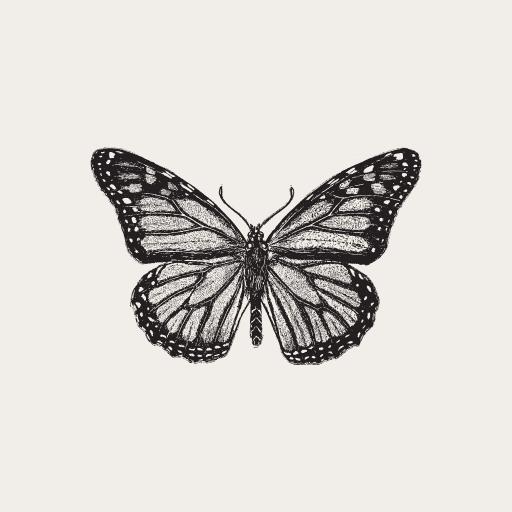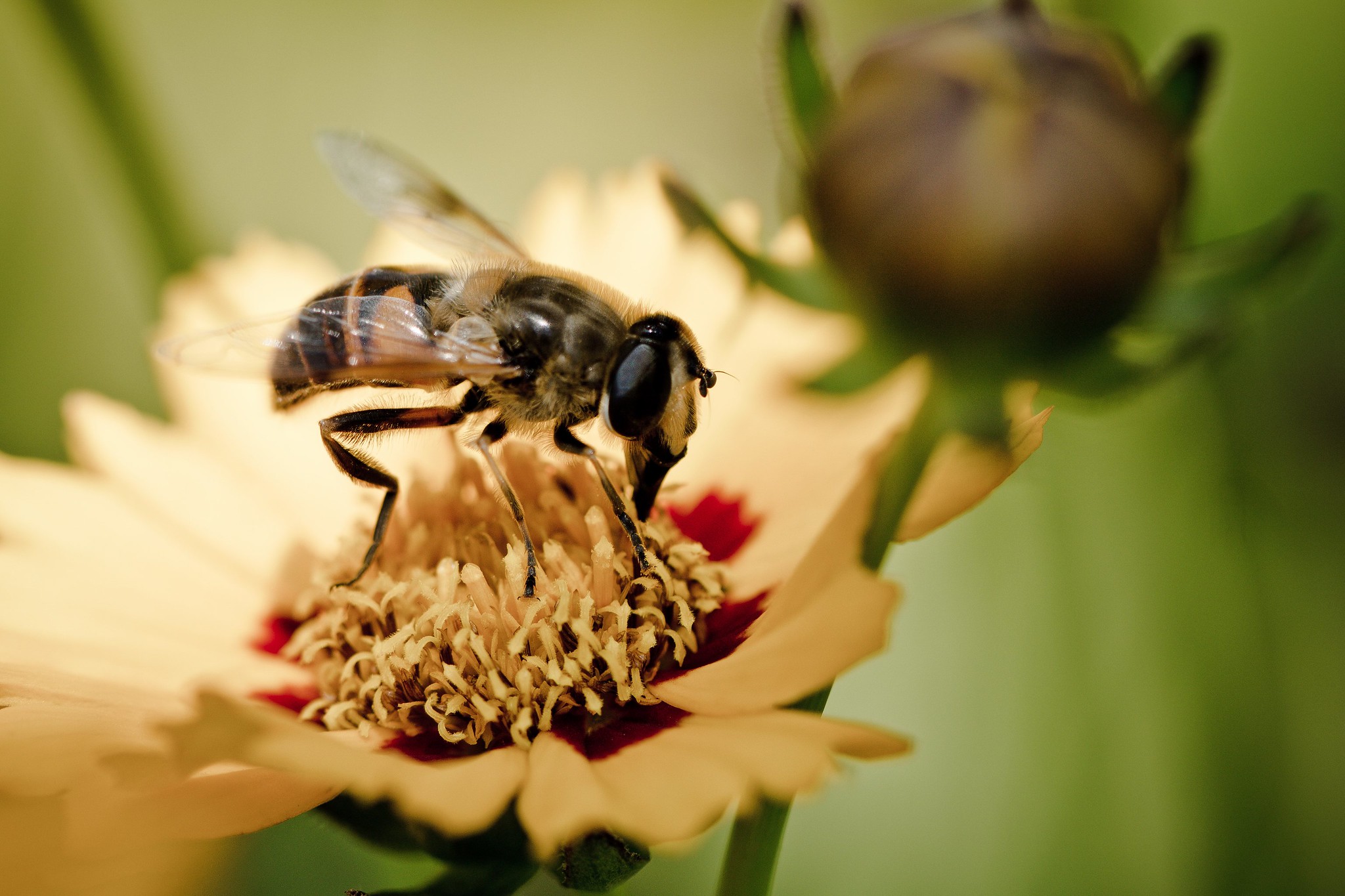Why Bees, Butterflies, and Other Pollinators Are Essential
When we think about the magic of a garden, we often picture the colorful blooms of flowers swaying in the breeze, but behind that beauty is a silent army at work—pollinators. Bees, butterflies, moths, birds, and even bats play a crucial role in the health of our ecosystems, food systems, and the environment. These tiny creatures are responsible for pollinating the plants that sustain life, yet they face increasing challenges due to habitat loss, pesticide use, and climate change. This week, I want to dive into why supporting local pollinators is so essential and how each of us can play a part in ensuring these vital creatures continue to thrive.
The Importance of Pollinators
Pollinators, such as bees, butterflies, hummingbirds, and other insects, are responsible for pollinating about 75% of flowering plants and nearly 35% of the food crops we rely on every day. This includes the fruits, vegetables, nuts, and seeds that are essential to a healthy diet and ecosystem. Without pollinators, we wouldn’t have many of the foods we take for granted, from apples and tomatoes to almonds and blueberries.
But it’s not just food crops that rely on pollinators. These creatures also pollinate the plants that make up the habitats of many animals, from the lush green trees that provide shade to the wildflowers that nourish herbivores. Simply put, pollinators are the linchpins of biodiversity, ensuring that both plants and animals can continue to thrive in healthy ecosystems.
Pollinators and Climate Change
Pollinators are already facing significant stress due to the shifting climate. As temperatures rise and weather patterns become more erratic, the availability of food and suitable habitats for pollinators is in jeopardy. Many plants rely on specific pollinators, and if those pollinators are in decline, the plants that depend on them also suffer.
Warmer temperatures, for example, can cause some plants to bloom earlier than usual, but the pollinators may not yet be active, leading to a mismatch between the timing of blooming and pollination. This phenomenon, known as phenological mismatch, is a growing concern as climate change accelerates, and it’s a reminder that the health of pollinators is inextricably linked to the health of the planet.
The Challenges Facing Pollinators
While climate change is a growing concern, pollinators also face a range of other challenges:
- Pesticides: The widespread use of chemical pesticides, especially neonicotinoids, has been linked to the decline of bee populations. These chemicals not only affect pollinators directly but can also contaminate their food sources.
- Habitat Loss: Urbanization, deforestation, and the conversion of natural habitats into farmland or developments are all contributing factors to the loss of pollinator-friendly spaces. Without access to diverse habitats filled with native plants, pollinators struggle to find the food and shelter they need.
- Monoculture Farming: Large-scale monoculture farming, while efficient for producing crops, offers little to no diversity for pollinators. These systems don’t provide the rich variety of flowers and plants that pollinators need throughout the year.
All of these challenges put additional pressure on pollinators, and without our help, their populations could continue to dwindle.
How You Can Support Local Pollinators
The good news is that there are simple, effective steps we can all take to support local pollinators, especially through planting native plants. By choosing the right plants for our gardens, we can provide vital food sources and shelter for bees, butterflies, and other pollinators. Here are some ways to get involved:
- Plant Native Flowers and Herbs: Native plants are often the best choice for pollinators because they are adapted to the local environment, providing the food and shelter that these species need. Consider adding bee-friendly flowers like coneflowers, sunflowers, and lavender to your garden, or planting nectar-rich herbs such as oregano and mint. These plants not only help pollinators but also bring vibrant beauty to your landscape.
- Create Pollinator Habitats: Pollinators need more than just flowers; they also need places to rest, nest, and breed. Leave patches of bare soil for ground-nesting bees, or provide a small water feature for insects to drink from. A pile of sticks or logs can create an excellent refuge for butterflies and other insects.
- Reduce Pesticide Use: Consider reducing or eliminating the use of harmful pesticides in your garden. If you must use chemicals, opt for organic or natural alternatives that are less harmful to pollinators.
- Support Local Pollinator Conservation Efforts: Many communities have pollinator-friendly initiatives, such as planting wildflower meadows, creating butterfly gardens, or even hosting “pollinator walks” to raise awareness about the importance of these creatures. Consider volunteering with local conservation groups that are dedicated to protecting pollinators and their habitats.
The Ripple Effect of Supporting Pollinators
By supporting local pollinators, you’re not just helping a single species—you’re helping to ensure the resilience of the entire ecosystem. Pollinators support biodiversity by enabling plants to reproduce, and in turn, these plants provide food and shelter for countless other species. By protecting pollinators, we are nurturing the delicate balance of life that sustains us all.
Even small actions—whether it’s planting a few native flowers in your garden or supporting local conservation efforts—can make a big difference. When we all take responsibility for creating spaces where pollinators can thrive, we can help ensure a future where our food systems are secure, our ecosystems are diverse, and our natural world continues to flourish.
Protecting Pollinators, Protecting Our Future
Pollinators are more than just beautiful creatures fluttering around flowers—they are the backbone of biodiversity and a healthier planet. As we face the challenges of climate change and habitat loss, it’s essential that we take action to support these vital species. By planting native plants, reducing pesticide use, and advocating for pollinator-friendly policies, we can all do our part to protect these precious pollinators. Together, we can create a world where bees, butterflies, and other pollinators can continue their essential work, helping our planet thrive for generations to come.
FAQ
Pollinators, such as bees, butterflies, and hummingbirds, are essential for the reproduction of many plants, including about 75% of flowering plants and nearly 35% of the food crops we rely on. Without them, we wouldn’t have many of the fruits, vegetables, and nuts that make up a healthy diet. Pollinators also help maintain ecosystems by pollinating plants that provide food and shelter for other wildlife.
Pollinators are facing several threats, including habitat loss due to urbanization and deforestation, pesticide use (particularly harmful chemicals like neonicotinoids), and the limited diversity offered by monoculture farming. Additionally, climate change is causing phenological mismatches, where plants bloom before pollinators are active, which further disrupts their essential role.
You can support local pollinators by planting native flowers and herbs, which are adapted to your local environment and provide essential food sources and shelter. You can also create habitats by leaving patches of bare soil, providing small water features, and allowing areas for insects to rest and nest. Reducing or eliminating pesticide use in your garden also helps protect pollinators.
Some great native plants that attract pollinators include coneflowers, sunflowers, lavender, and nectar-rich herbs like oregano and mint. These plants are not only beneficial for pollinators but also add vibrant beauty to your garden.
In addition to planting pollinator-friendly plants in your garden, you can support local conservation efforts such as planting wildflower meadows or volunteering with groups that promote pollinator-friendly initiatives. Educating others and advocating for pollinator-friendly policies are also effective ways to contribute to their protection.

